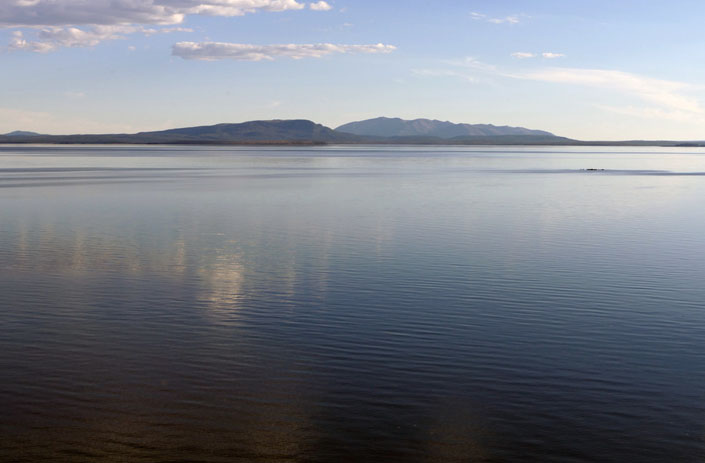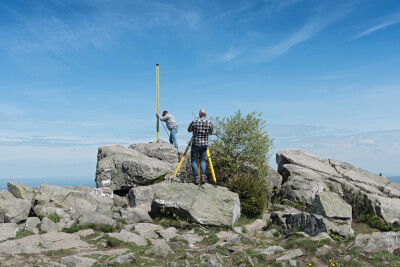While we regularly talk about lidar in the construction and automotive industries or mapping applications, we alost know that it has other potential uses. For instance, researchers are using lidar to locate invasive fish and preserve a national treasure.
Located in the Yellowstone National Park, the Yellowstone Lake is a fishing spot for anglers, but also a place of interest for the populations of grizzlies, bald eagles, otters and other wildlife it supports. The introduction of non-native lake trout in the 1990s caused a 90% reduction between 2000 and 2005 of the native cutthroat trout, the food supply for other animals in the area.
To control the situation, the National Park Service uses gill nets, among other methods, to capture lake trout during spawning season. This requires knowing when and where the fish are spawning, so the Park Service implants individual fish with acoustic transmitters and then tracks them with in-lake and on-boat receivers, a time-consuming and labor-intensive process that generally doesn’t provide conclusive results.
Montana State University (MSU) engineers have been working on a lidar solution to ease the process since 2004. With its first successful tests using the NOAA fish lidar, the team saw an opportunity to design and build their own system to provide sufficient optical power at the lowest possible cost. Now, the system costs less than $100,000 and attaches to a single-engine airplane that flies for $500 per day. It uses a green-beam laser angled backward, that penetrates water better than other types of lasers used for lidar applications on the ground, to deflect light reflection on the water and avoid saturating the receiver. This allows them to detect fish in a 5-meter swath of water and cover 80 kilometers per hour.
“There are several other methods being explored for tracking these fish, including acoustic sensing, but an airplane can cover the large lake in a much shorter time than is possible for boats,” said Joseph A. Shaw, Montana State University. “We are interested in developing automated fish-detection algorithms and in using this method as a routine tool to help the fisheries biologists in their battle against invasive lake trout. We also are exploring options for using this lidar, along with multispectral and hyperspectral imaging systems, to monitor river health.”
Shaw thinks there’s room for improvement by using a technique called push-broom scanning: the laser beam scans in a line to cover a wider swath, resulting in a quicker scan of the full lake area when compared to the single fixed-angle laser in the current setup. The team also aims to develop additional tools to help users translate lidar-generated data into actionable information, and to adapt the system for other types of freshwater ecosystems.






